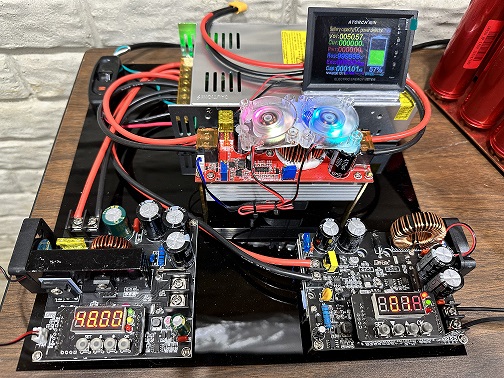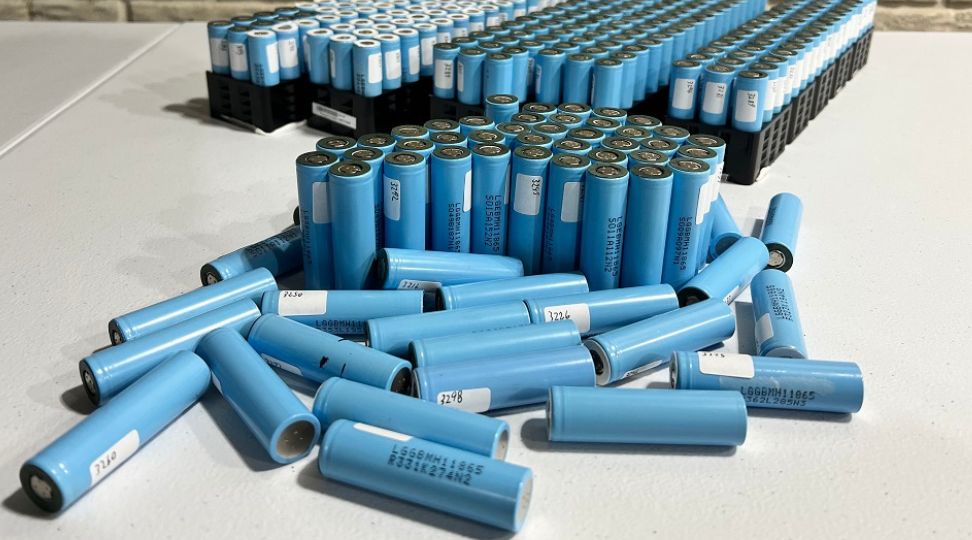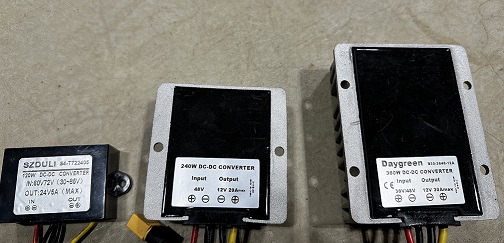
Can You Use a Buck Converter as a Boost Converter?
Table of Contents
No, you cannot use a buck converter as a boost converter.
A buck converter takes a high voltage and lowers it down to a lower voltage by increasing the current. A boost converter, on the other hand, takes in a lower voltage and raises the output voltage by lowering the output current. A buck converter is not a two-way device. It can only be used one way.
There are plenty of other things that can work in reverse. For example, if you put power into a motor, it turns. If you turn the motor, it outputs power. If you speak into a microphone, it generates an electrical signal. If you send an electric signal down the line to that microphone, it will speak. It will function as a speaker.
There are many things in the world of electronics that are reversible, but buck converters are not one of them. A buck converter, unlike a linear voltage regulator, which also cannot be reversed, is a complicated, high-frequency, logic-driven device that more or less makes decisions extremely fast to keep the voltage and current where they're supposed to be. That process is not reversible.
In order to reverse the functionality of a buck converter, you have to use a boost converter. There's no other way around it.
Can You Combine A Buck Converter And A Boost Converter?
Yes. As long as you are not running any one device past its limits, you can use them together. In fact, there are even devices called buck-boost converters that are essentially a buck converter and a boost converter in series. A buck-boost converter can step the input voltage up or down, depending on the input and output voltage requirements. This makes it a versatile solution for applications where the input voltage can vary and the output voltage needs to be maintained within a specific range.
[[ aff type=aff ~ link=https://amzn.to/3Owe6Jv ~ title=`Buck Boost Converter 5A` ~ image=https://admin.cellsaviors.com/storage/buck-boost-converter.jpg ~ description=`Input voltage DC 6.0-36V, output voltage DC 0.6-36V, max output current 5A, max output power 80W` ~ height=small ~ buttonText=`Check Price` ]]
[[ aff type=aff ~ link=https://amzn.to/3IAFrWY ~ title=`Buck Boost Converter 4A` ~ image=https://admin.cellsaviors.com/storage/4a-buck-boost-converter.jpg ~ description=`Buck-boost converter, input voltage 5.5-30V; output voltage 0.5-30V; working current 4A; power 35W.` ~ height=small ~ buttonText=`Check Price` ]]
How to Make a Buck-Boost Converter?
You can make a buck-boost converter by putting a boost converter in series with a buck converter. Simply connect the buck converter’s input terminals to the input power source and connect the output terminals of the buck converter to the input terminals of the boost converter. Once you do that, the output terminals of the boost converter will be the output of your buck-boost converter.
If you have a 24V battery bucked down to 12 volts, it can then be boosted to anywhere between around 12 volts and whatever the max output voltage of the boost converter is. Without the buck converter, the lowest voltage you could have on the output would be whatever the input voltage is minus about 1.5 volts (the internal voltage drop of the regulator).
Running them in series allows you to use the buck or boost converter most efficiently.
This can be useful for using a power source with a wide voltage range (such as a battery) or for a DIY bench power supply to power a load that requires a voltage somewhere in the middle of its voltage range. If your load required a voltage higher than the battery’s voltage range, you could simply use a boost converter. Likewise, if your battery has a higher voltage throughout its entire discharge curve than what your load needs, then you would just need a buck converter.
How Much Current Can a Buck Converter Handle?
Most buck converters can handle somewhere between 1 amp and 20 amps. I know that's a wide range, but there are indeed a wide range of buck converters available. It’s important to remember that a buck converter lowers the output voltage by increasing the output current. This means that the output current of a buck converter will always be higher than the input current. So, if your buck converter says it's good for 10 amps, that means that it can handle up to 10 amps of output current.
Some buck converters come with built-in protection features such as over-current protection, short-circuit protection, and thermal protection, which prevent damage to the converter and whatever it's powering.



